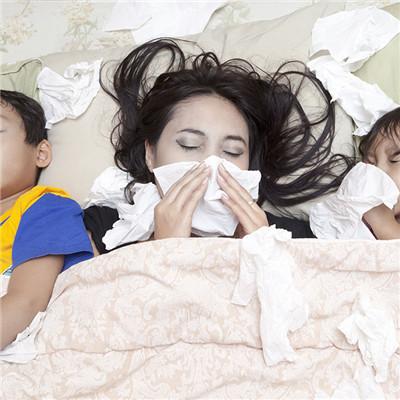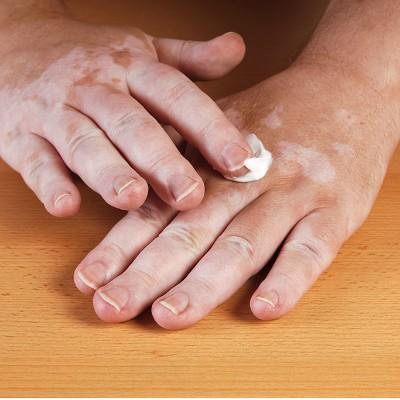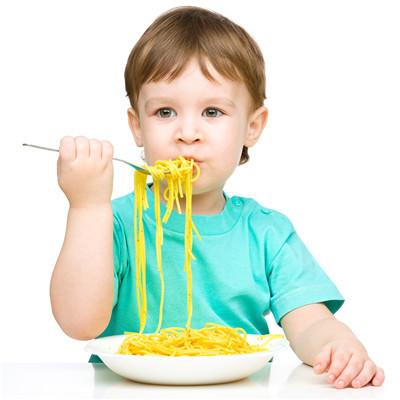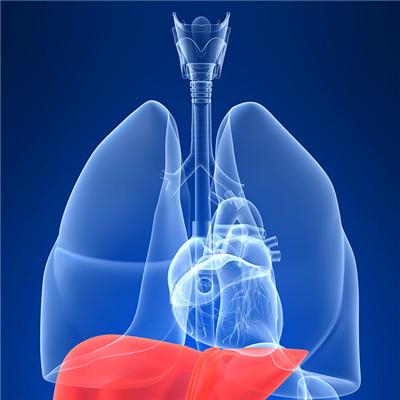Is congenital laryngeal wheezing asthma?
summary
Laryngeal osteomalacia is the cause of congenital laryngeal wheezing, such as weakness of epiglottis cartilage, obstruction of laryngeal entrance when inhaled, or weakness of arytenoid plica. When inhaled, the arytenoid plica on both sides close to each other, making the laryngeal cavity narrow. When inhaled, the airflow through the narrowed laryngeal cavity produces laryngeal wheezing. Is congenital laryngeal wheezing asthma? Let's talk about it
Is congenital laryngeal wheezing asthma?
After birth, the infant has inspiratory laryngeal sound, which may be accompanied by inspiratory three concave sign, silent hoarseness, normal cough and swallowing, and may be easily choked when eating. It can also occur in 1-2 months after birth, mostly persistent or intermittent
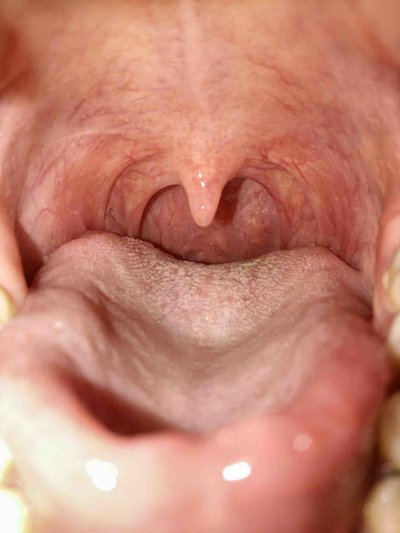
Direct laryngoscopy showed that the epiglottic cartilage was long and sharp, and the two sides curled backward and contacted each other; The two sides of epiglottis and arytenoid epiglottis folds are close to each other; There are also loose tissues on arytenoid cartilage protruding to the glottis and blocking the glottis.
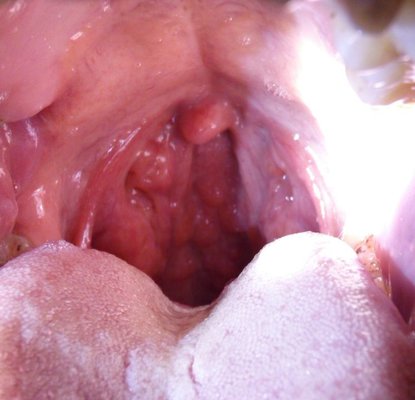
According to postnatal inspiratory laryngeal sound, with three concave sign, silent hoarseness and normal swallowing, a preliminary diagnosis can be made. If possible, direct laryngoscopy can be performed. If both sides of epiglottis are curled backward, or the epiglottis is large and soft, or the arytenoid fold tissue is loose, direct laryngoscope will stir up the epiglottis, and the laryngeal sound disappears, the diagnosis of the disease can be confirmed. Fibrolaryngoscopy can also confirm the disease by observing the shape and activity of epiglottis cartilage and arytenoid epiglottis wall.
matters needing attention
Symptomatic treatment, if necessary, surgical treatment. Usually, when children grow up to 2-3 years old, with the development of the larynx, the symptoms can be relieved by themselves. This kind of children usually should pay attention to the prevention of cold, increase nutrition.



